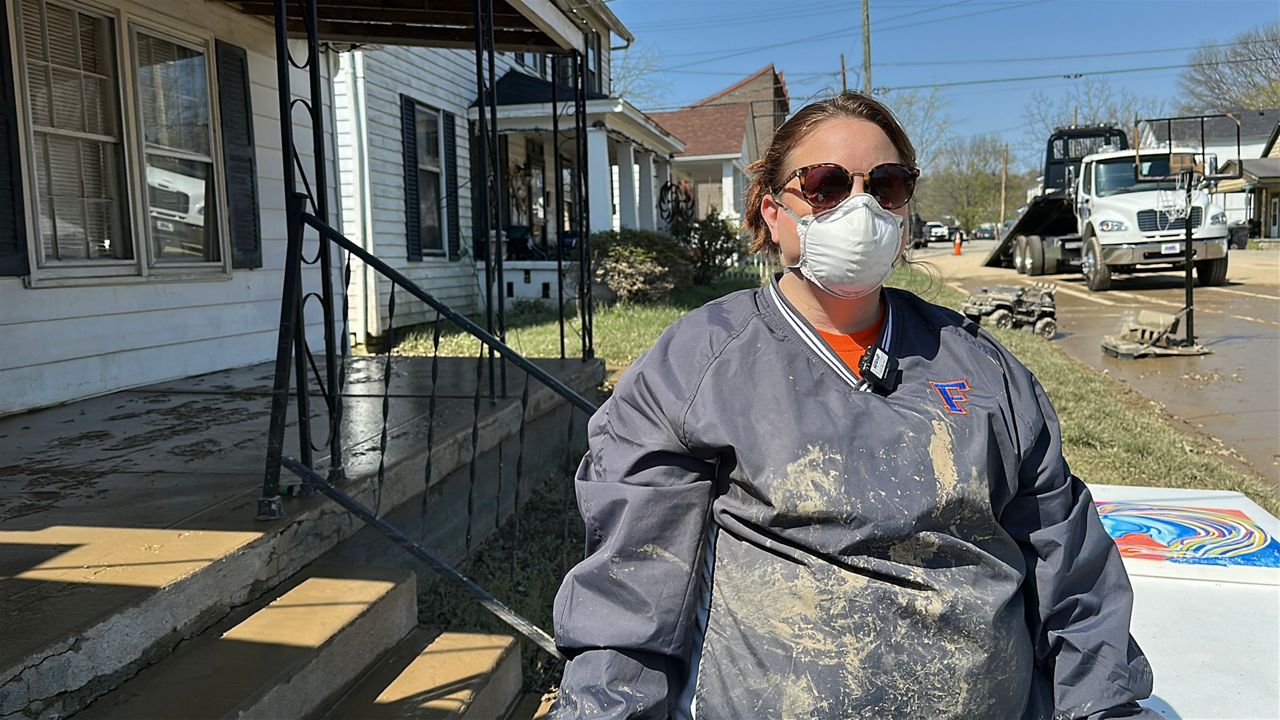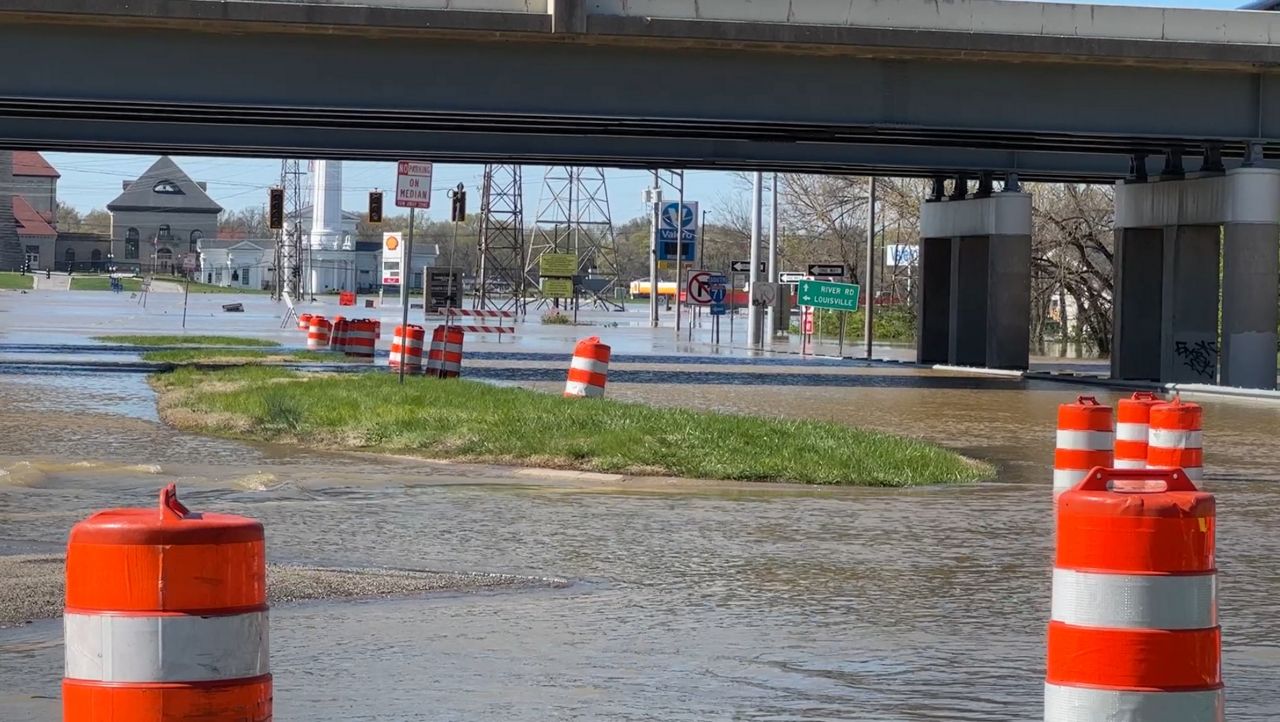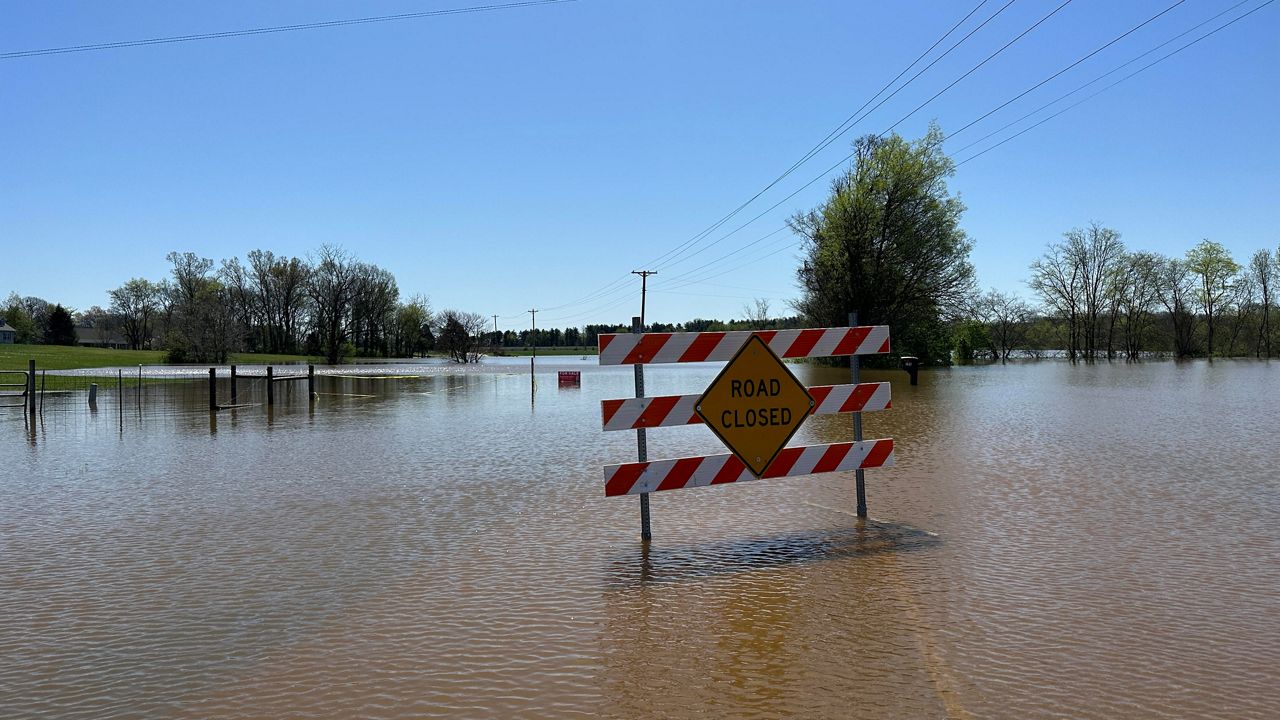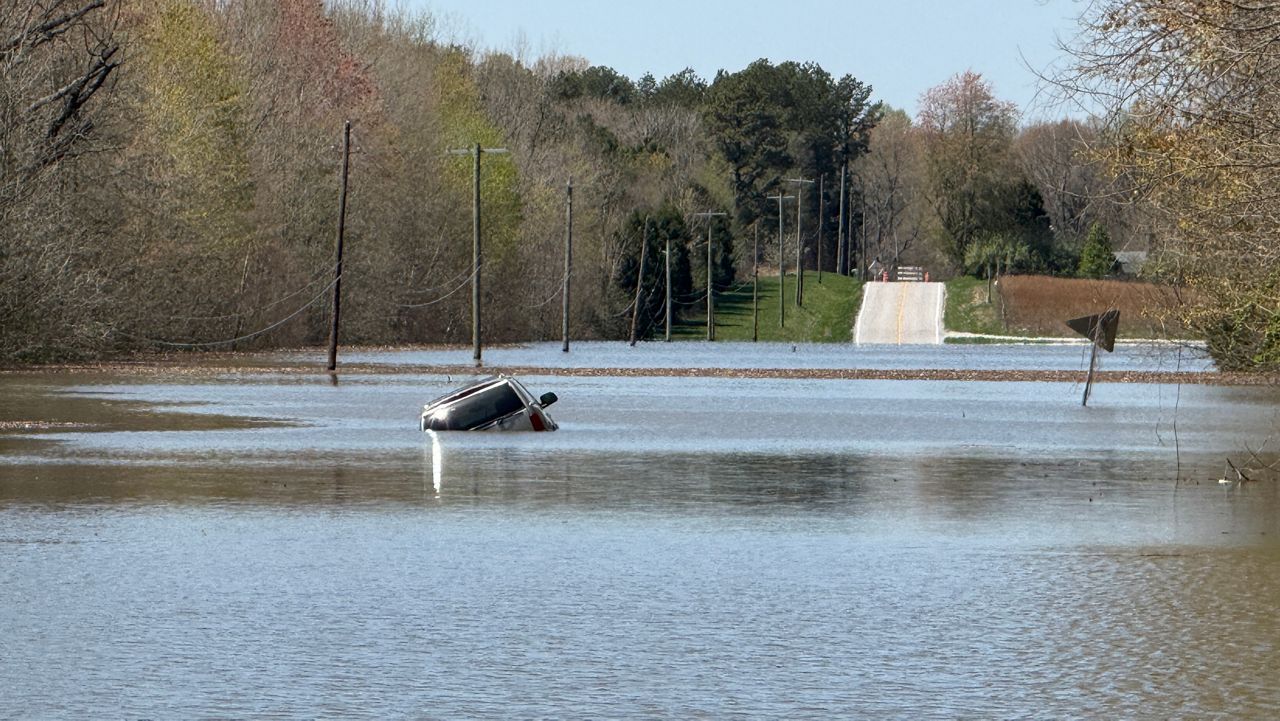LOUISVILLE, Ky. — Louisville's success as a city can be credited in part to its location along the Ohio River.
The city's wharf extended miles alongside its fast-moving, murky waters 150 years ago. It would be the heart of industry for several decades before it would become the waterfront of today.
"It's hard for me to grasp, (that all these communities) were joined either by railroad passenger interurban or a ferry boat," said Tom Owen, archivist of regional history at the University of Louisville. "And it's hard to think of a very busy ferry operation from downtown Louisville to Jeffersonville."
In the city’s downtown core, there would have been plenty of hustle and bustle. Tall buildings, or even ones more than a few stories high, would not be built until closer to 1900, Owen said.
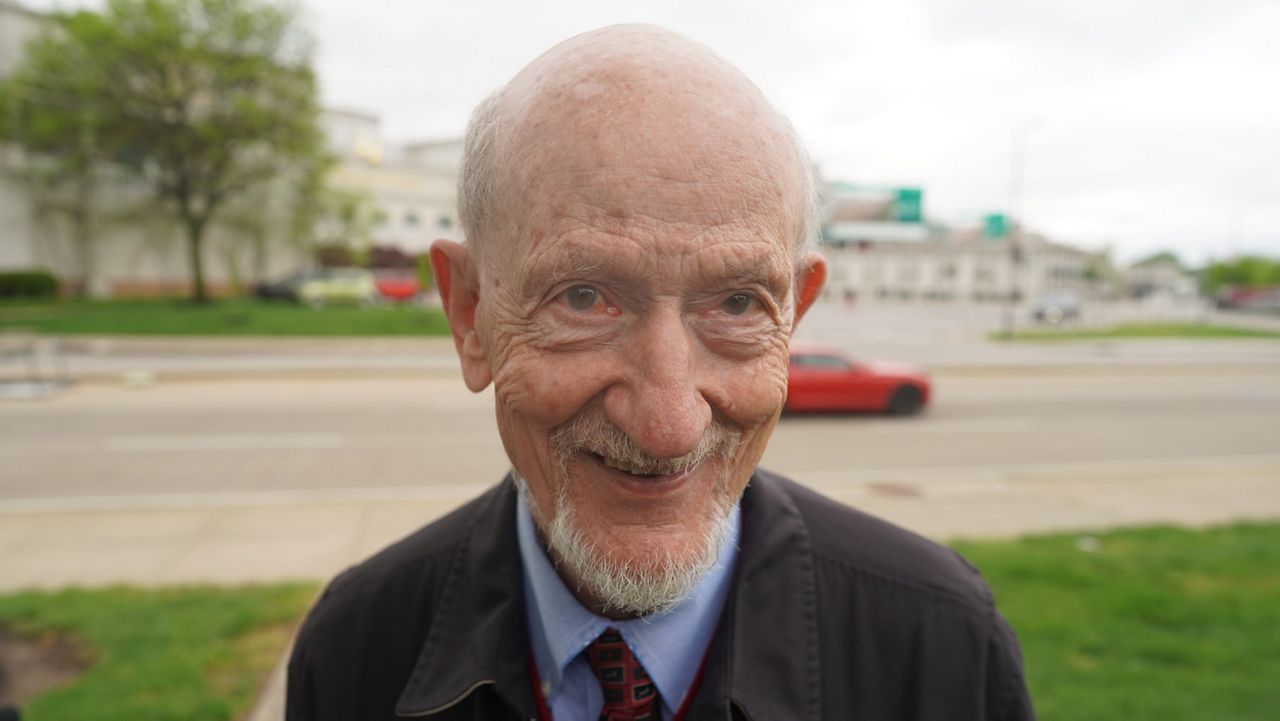
“Density is the one word that I would choose, which means a lot of people on the sidewalks and a lot of activity in the street,” Owen said.
But even back in the mid-1870s, the state’s signature industry was beginning to distill in what’s now referred to as Whiskey Row.
Further to the south, just outside the Louisville city limits of its day, a horse racing track was preparing to host an event that would be a regional attraction. It would later be known as the Kentucky Derby.
During its first running and for several years after, spectators watched the races from the backstretch, opposite where they do now. Owen said this comes from its proximity to the rail lines just east of the track, which would have been the transportation means for many in that area.
“The first orientation was toward the railroad passenger site, which was over on the L&N side, about three blocks to the east,” Owen said.
The track’s original grandstands would later be built in the 1890s.
The first Derby was held May 17, 1875 and won by Oliver Lewis, who rode the horse Aristides. According to Churchill Downs, around 10,000 spectators attended. In 2023, the track recorded an attendance of just over 150,000.
From its humble beginnings so long ago, it’s since transformed into something only found in Louisville, Kentucky.







